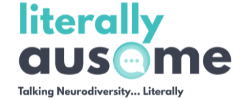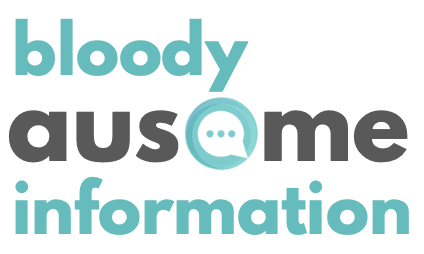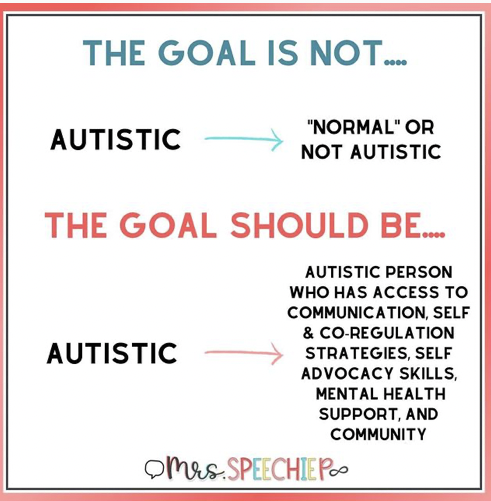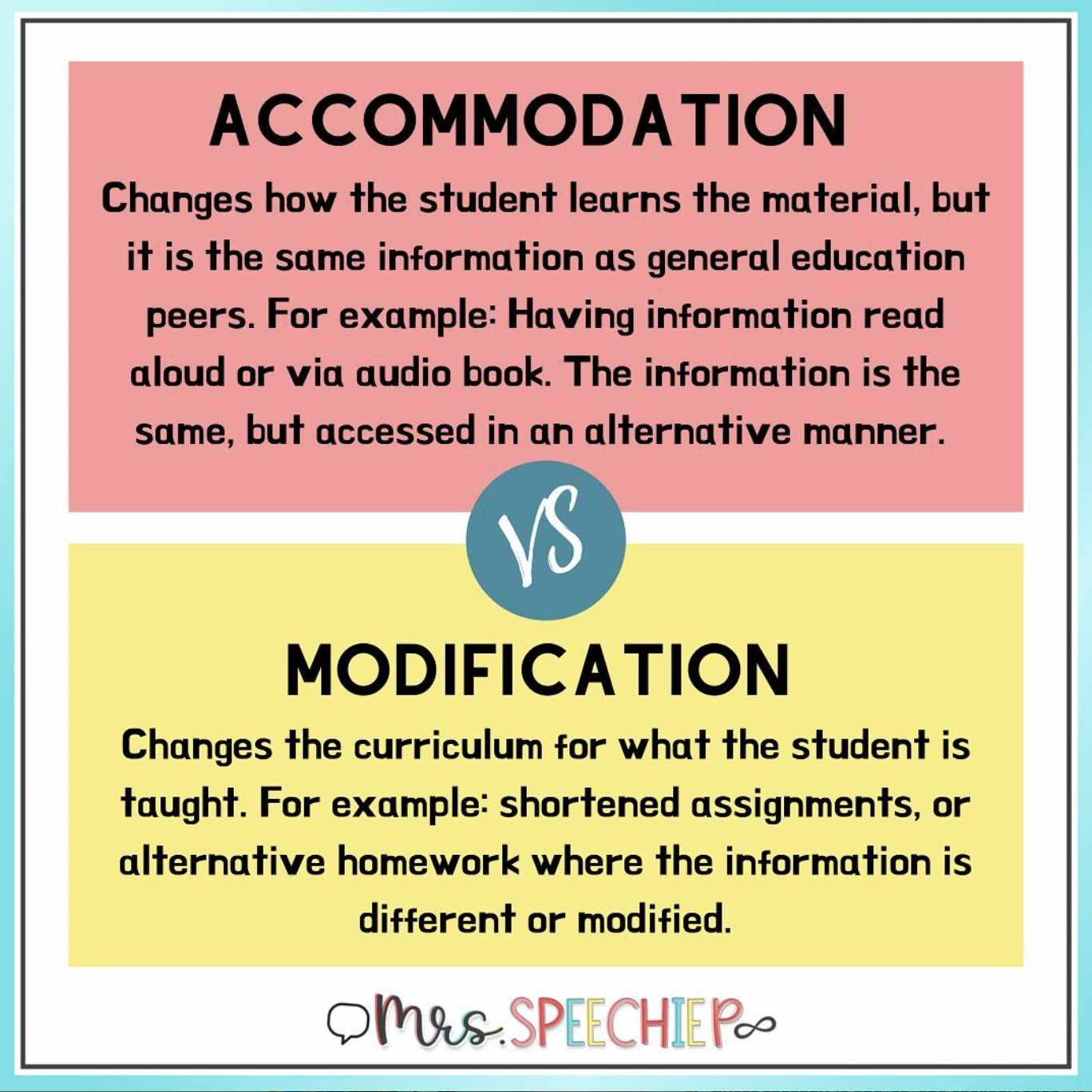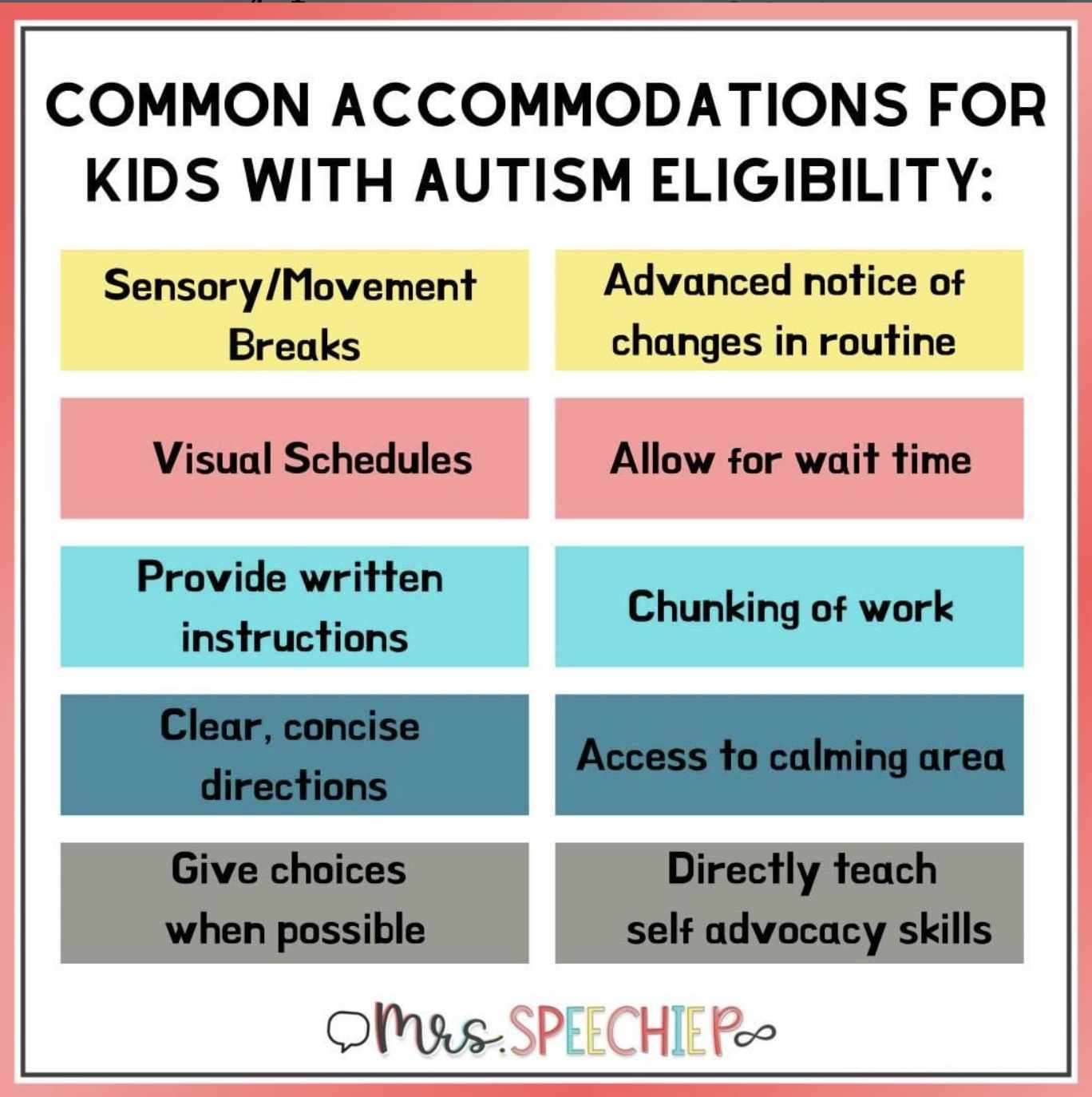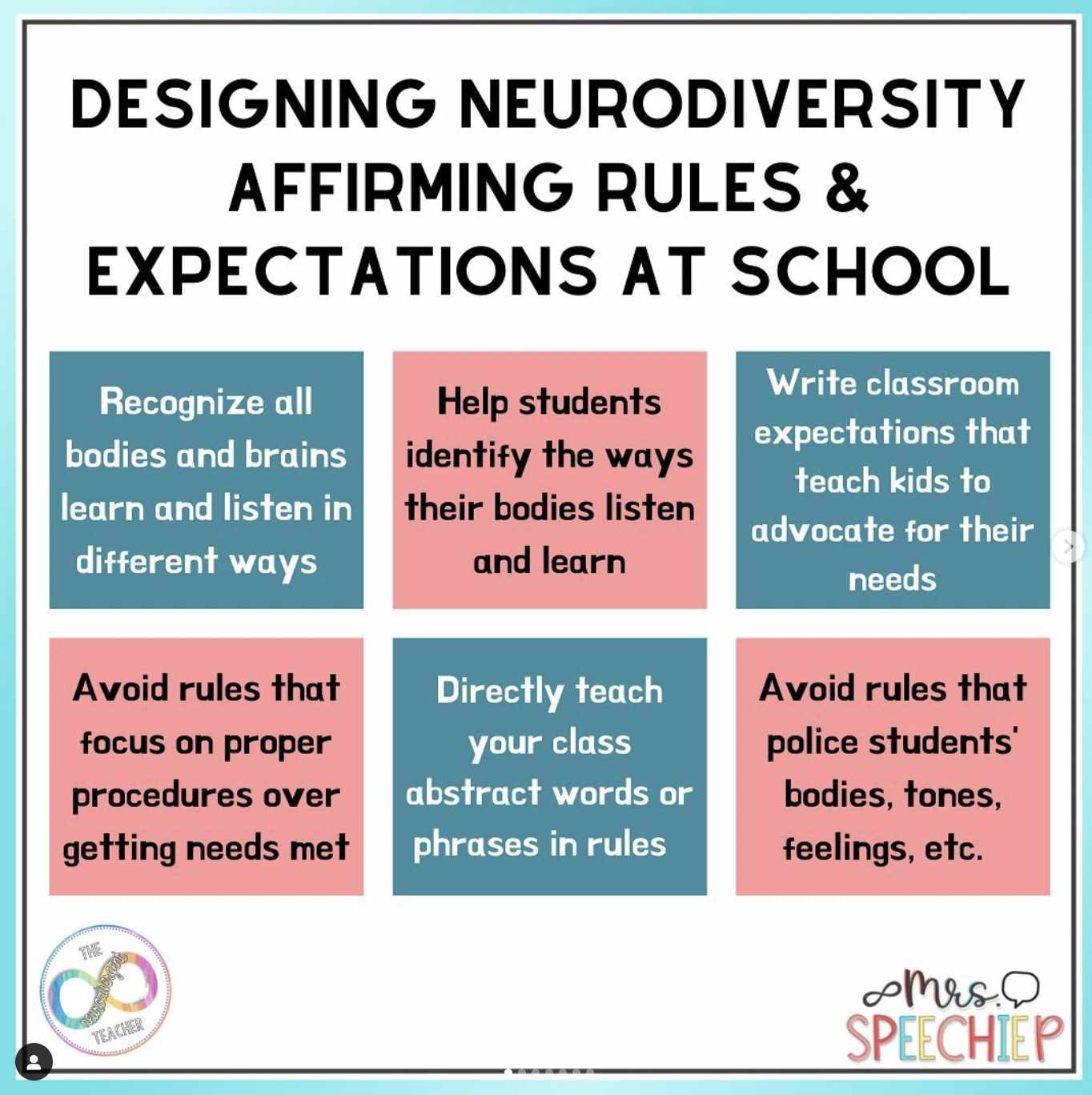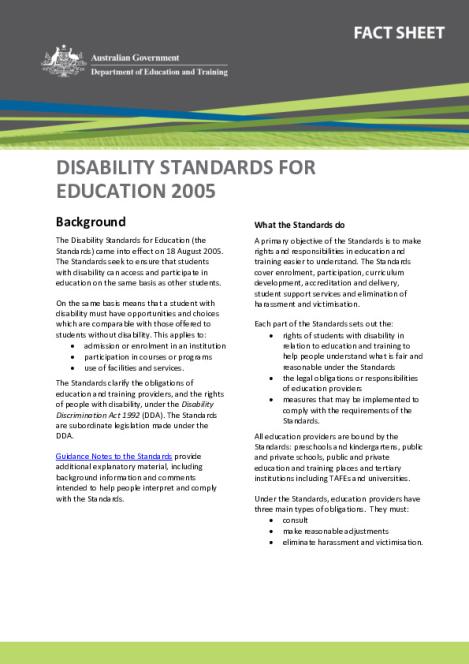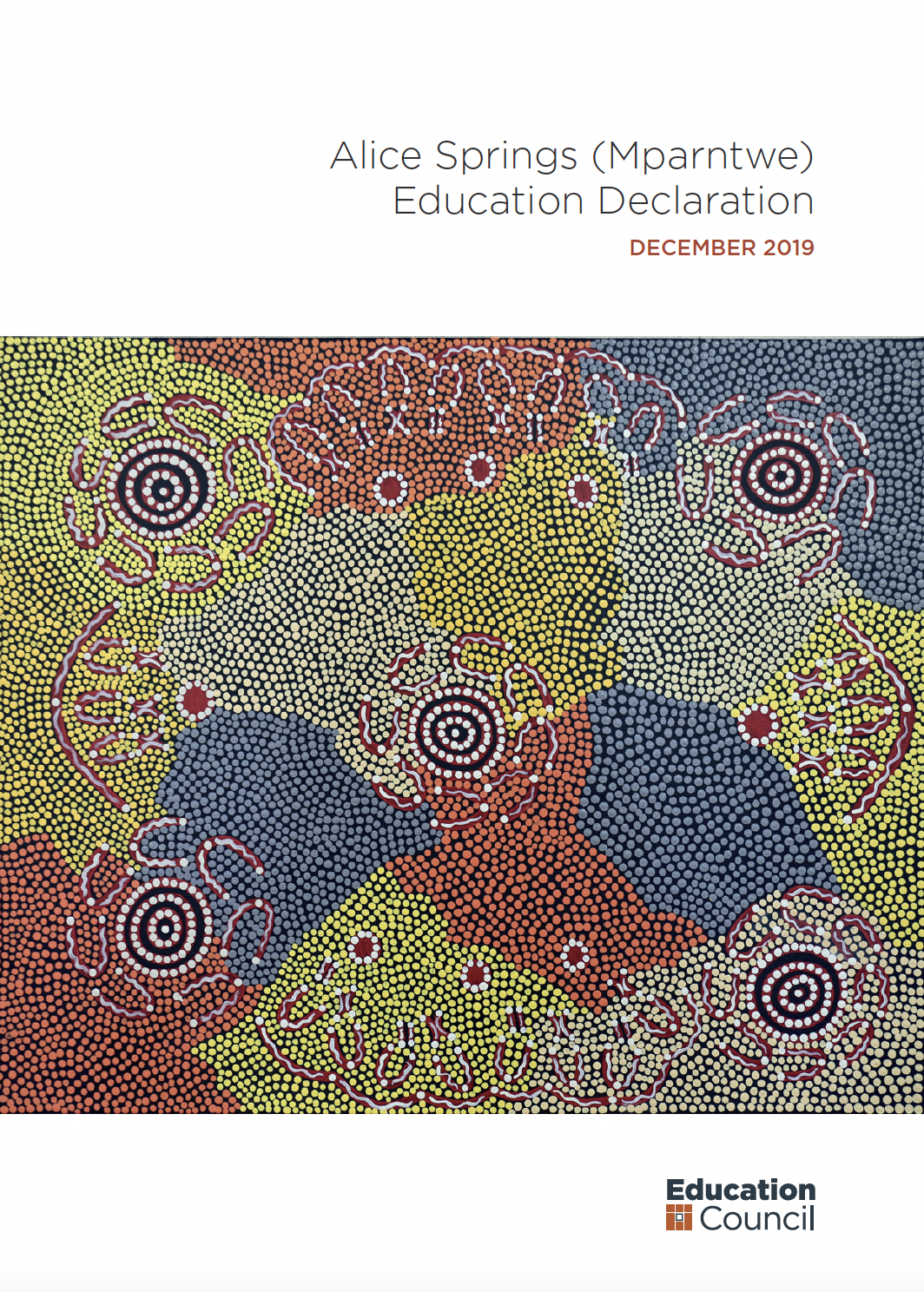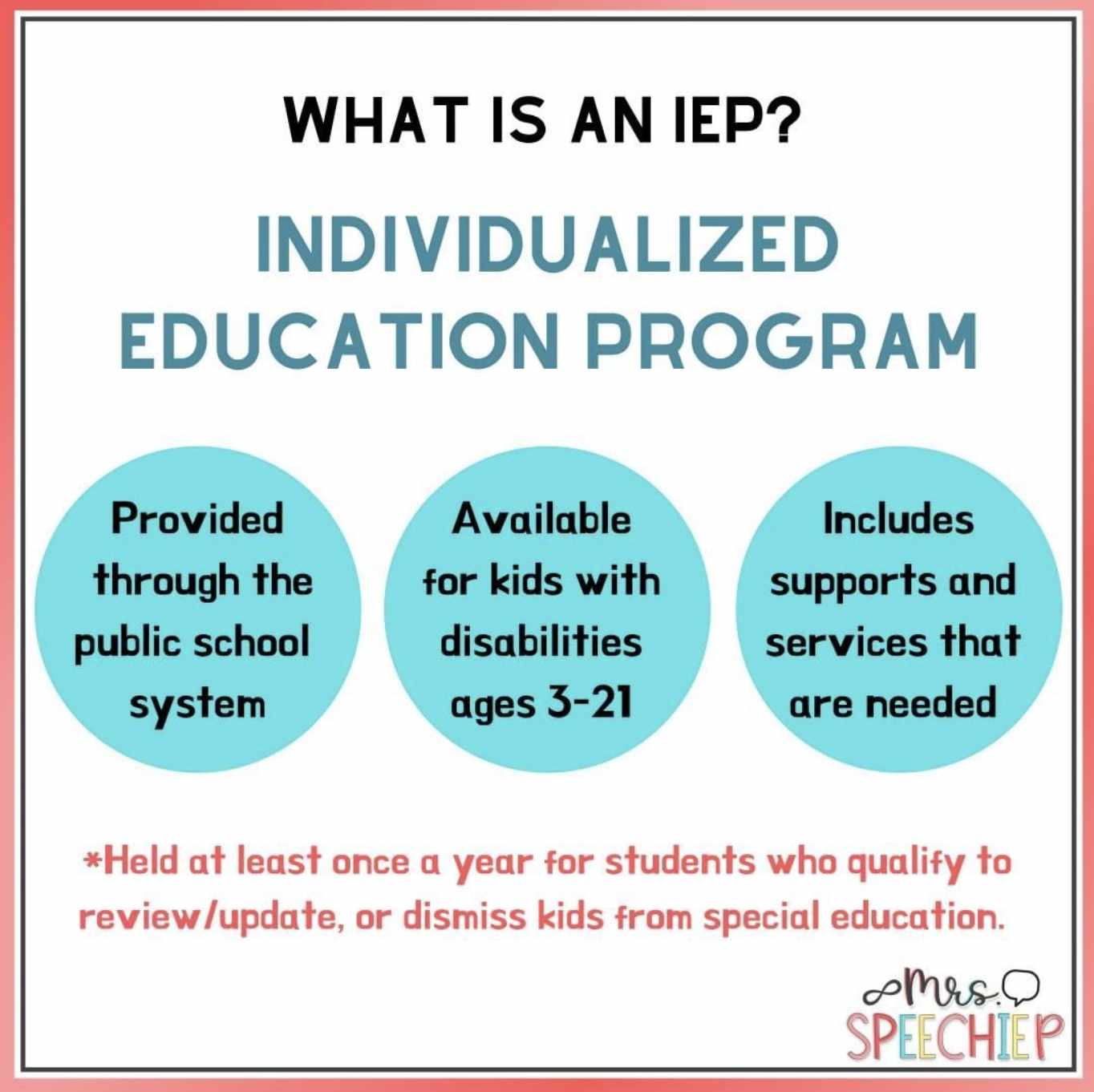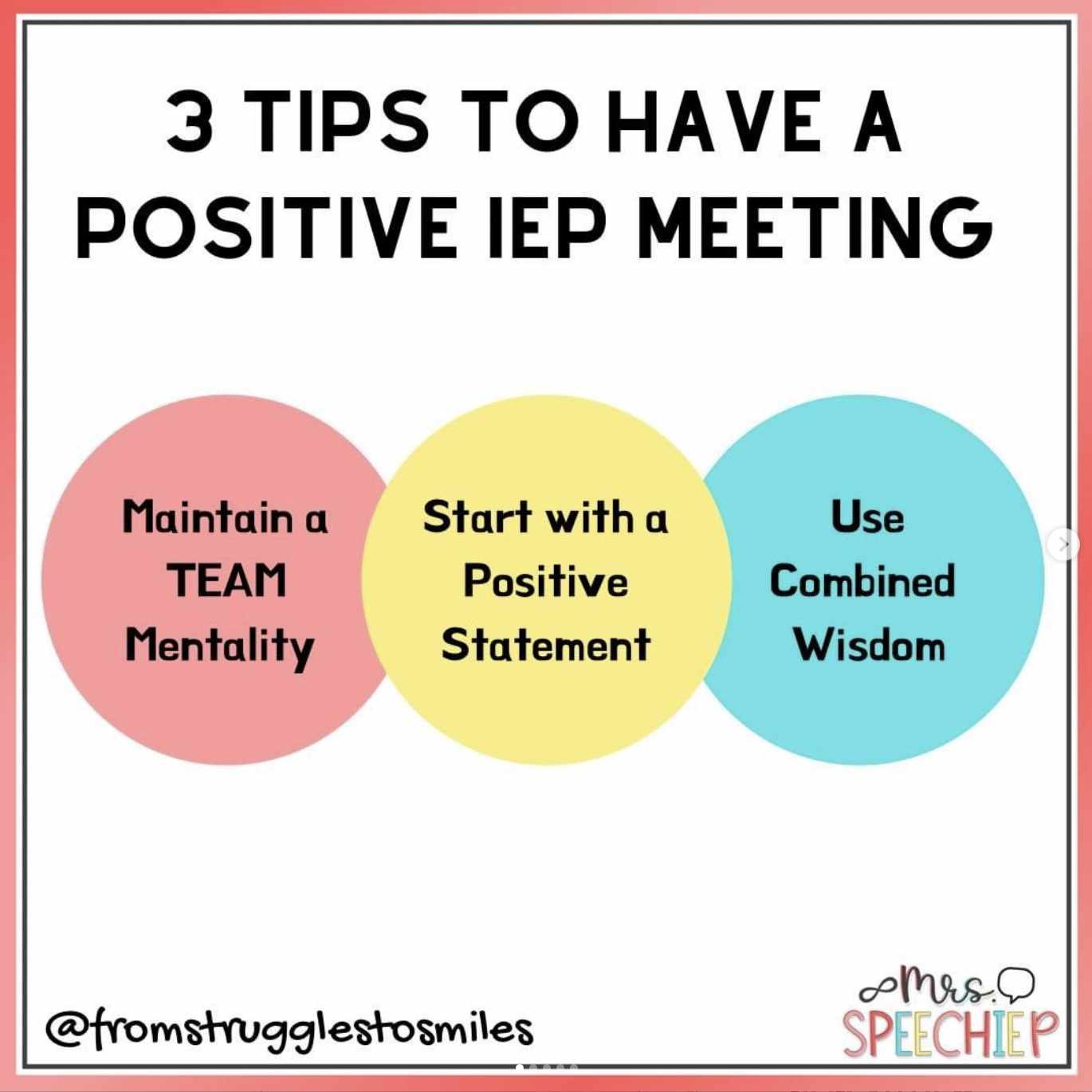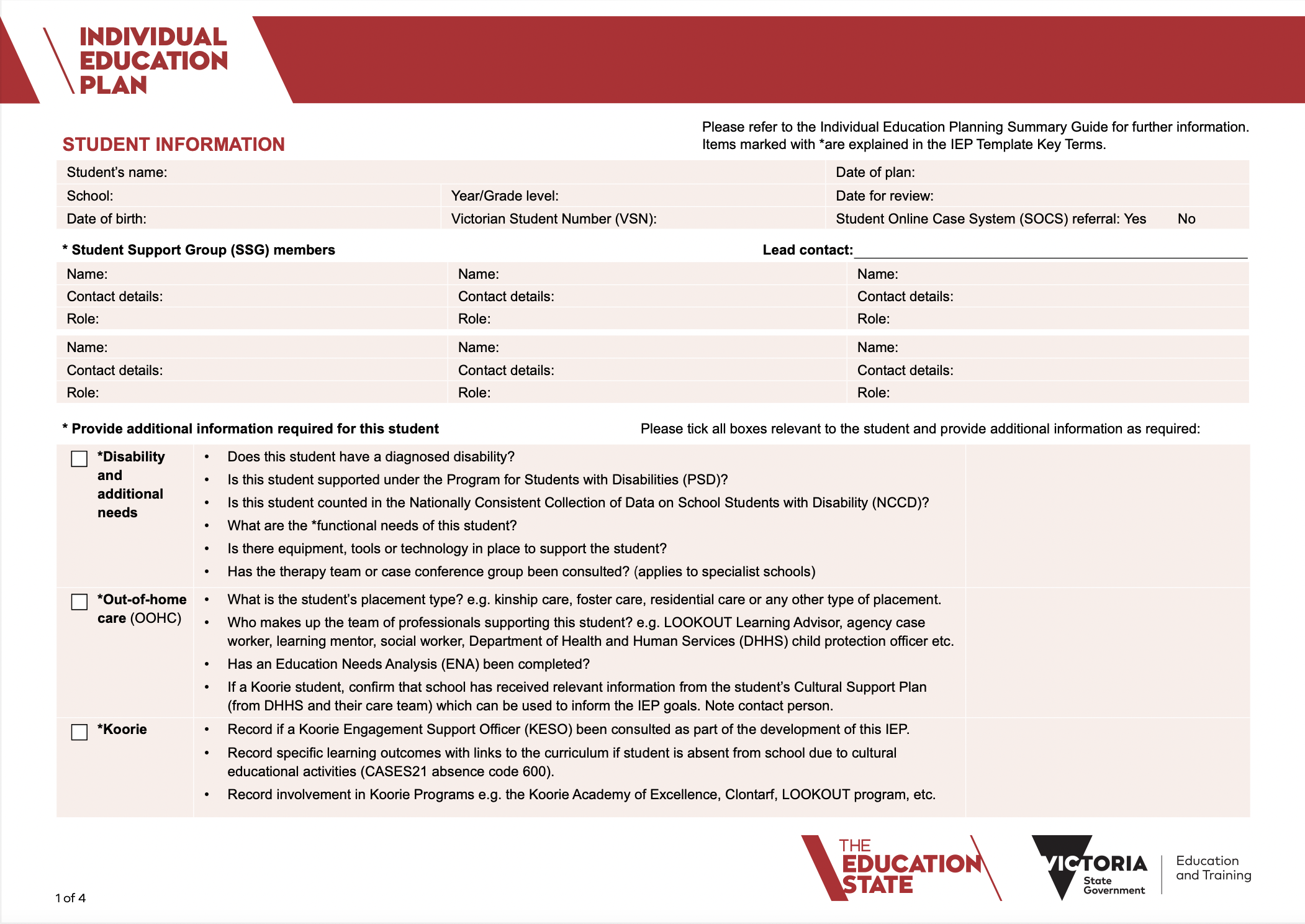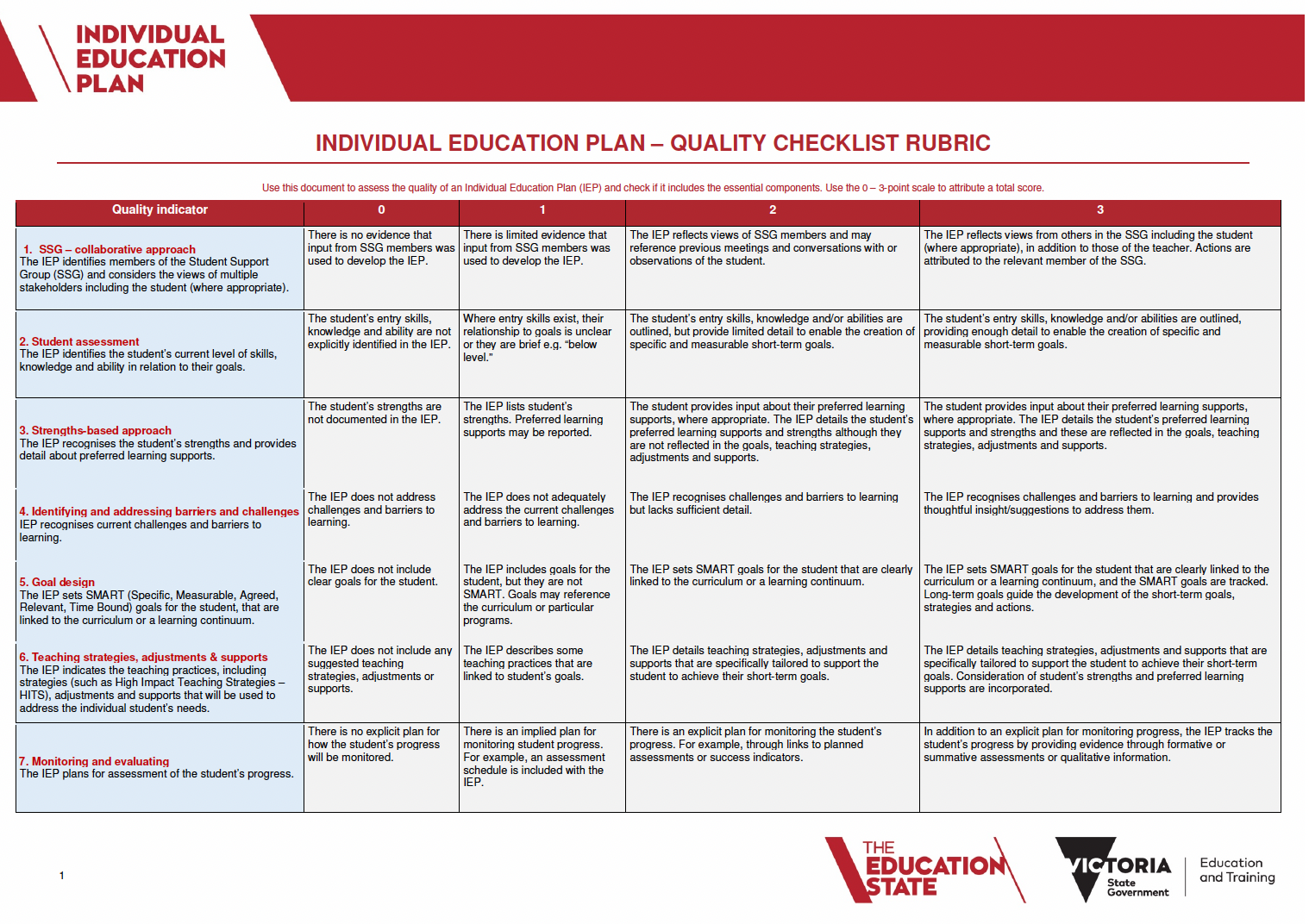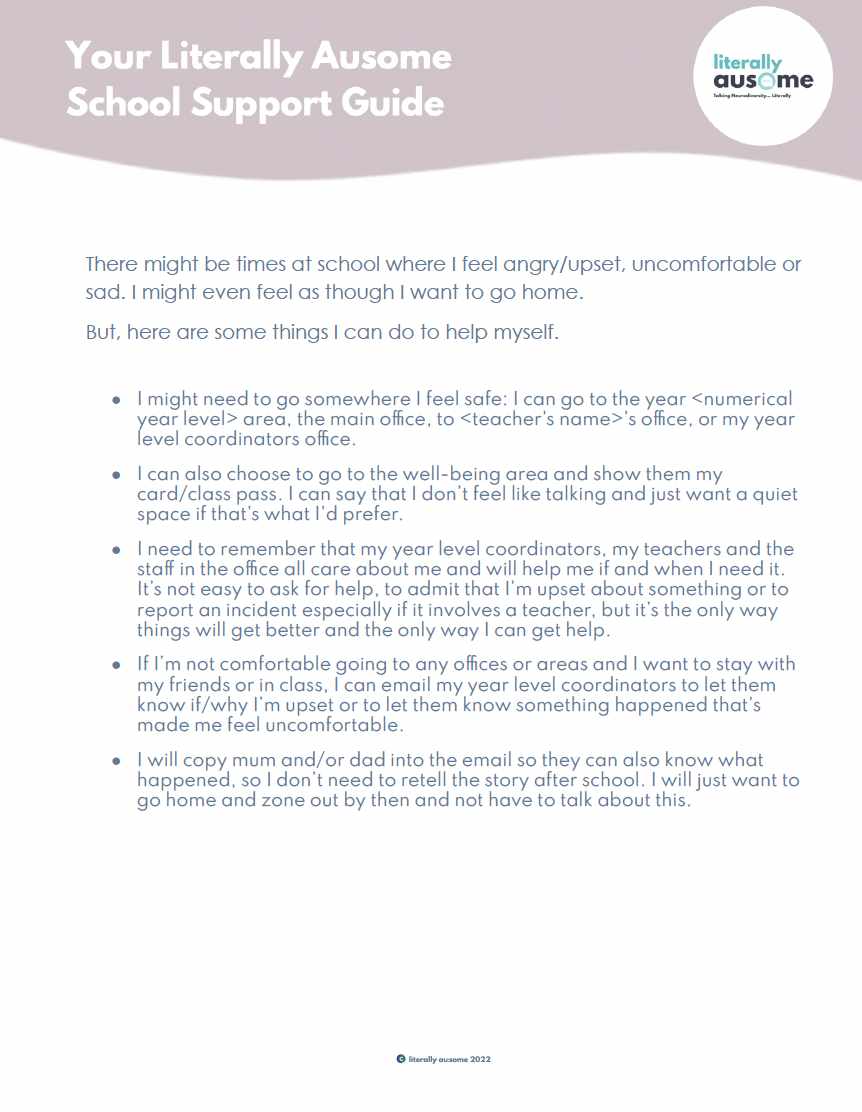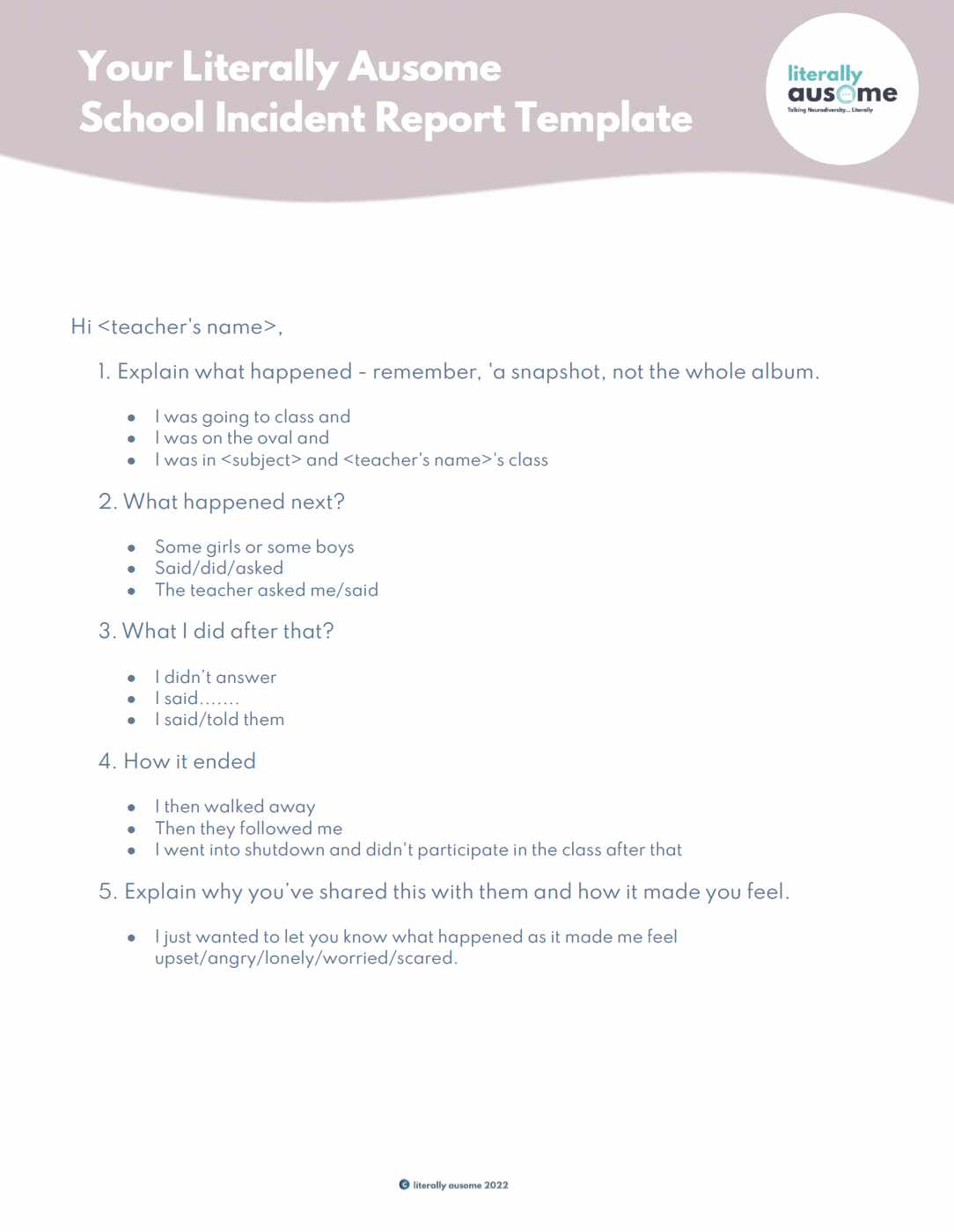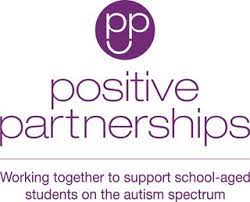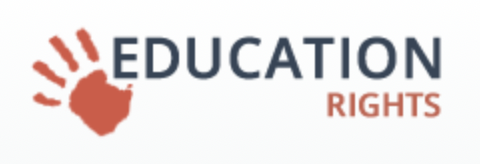Inclusive Education
Inclusive education means that all members of every school community are valued and supported to fully participate, learn, develop and succeed within an inclusive school culture.
The sections below outline every school's responsibility to ensure that they adhere to the policies set by the Department of Education in each State of Australia as well as Federal Law in relation to the Disability Discrimination Act 2005.
Student with a Disaility - Guidelines and Policies
Disability Standards for Education (2005)
Click on the image to download the Disability Standards for Education 2005.
The Alice Springs (Mparntwe) Education Declaration
Click on the image to download The Alice Springs (Mparntwe) Education Declaration.
Click below to get a copy of the roles and responsibilities of Assessments Australia, schools and student support services in the assessment of students for the Program for Students with Disabilities.
Assessment Service for Students with Disability
Assessments Australia are responsible for conducting assessments on behalf of the Victorian Education Department to find out if a student is eligible for support under the Program for Students with Disabilities (PSD).
Individual Learning Plan (ILP) or Individual Education Plan (IEP)
An Individual Education Plan (IEP) (also known by other names including Individual Learning Plan or ILP) may be developed for a student with disabilities or a complex learning profile.
An IEP is about access and equity in education and should consider the 'reasonable adjustments' that need to be made to provide students with access to teaching, learning and the schooling experience generally. The provision of reasonable adjustments for students with disabilities is mandated by the Disability Discrimination Act 1992 and the Disability Standards for Education which apply across Australia.
IEPs enable Australian schools to demonstrate that they have met their legal obligations to:
-
Ensure that students with disabilities participate in education and training on the same basis as non-disabled students;
-
Plan for and provide teaching and learning adjustments for students with disabilities; and
-
Consult with the student’s parents or guardian (their 'associate' under the Disability Standards for Education) in developing the educational plan and formulating any appropriate adjustments.
- Both long term and short term goals with a clear timeline.
- Information about the specific equipment, programs or approaches being used.
- Information regarding the assessment, reporting and reviewing of the identified outcomes.
- A statement about who will be taking responsibility for the implementation and coordination of the IEP.
- The timing and frequency of reviews
Parents are often their child’s main advocate; talking regularly to teachers, principals, tutors, psychologists and speech pathologists about appropriate remediation and accommodation strategies.
- Expressing a belief that the student can improve their academic levels and encouraging and supporting the students to set high personal learning goals.
- Talking to the student’s teacher about effective classroom strategies and adjustments.
- Breaking down homework tasks into small, clear, achievable steps that can be checked off when completed.
- Monitor the student’s ability to complete their homework independently and ensure they are able to master the set task.
- Try to provide scaffolds to aide in the student’s learning.
- Ask the teacher to provide regular and targeted feedback.
- Provide the student with multiple learning opportunities to revisit, repeat and reinforce the information.
- Ask that teachers made adjustments and modifications to assessment tasks for the student in order to cater for their specific learning needs.
Independent Organisations and Foundations Links
Amaze
The peak body for Autistic people and their supporters (VIC).
Association for Children with Disability
Advocating for children with disability and families
Positive Partnerships
Working with parents, carers and educators of school-aged children
Education Rights (VIC)
Victorian-based information about schools, disability education policy and practice.
